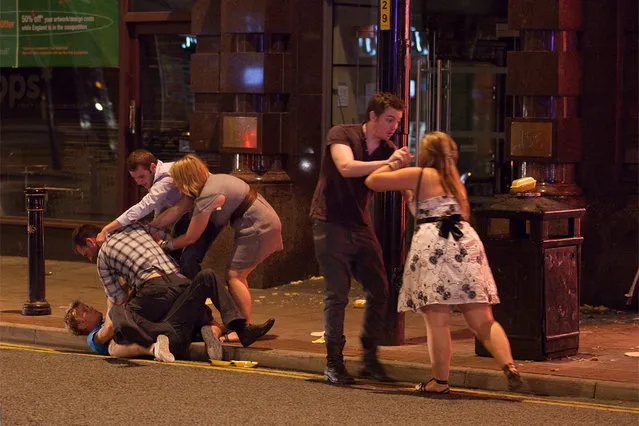26 Sep 2013 08:43:00,post received
0 comments
Details
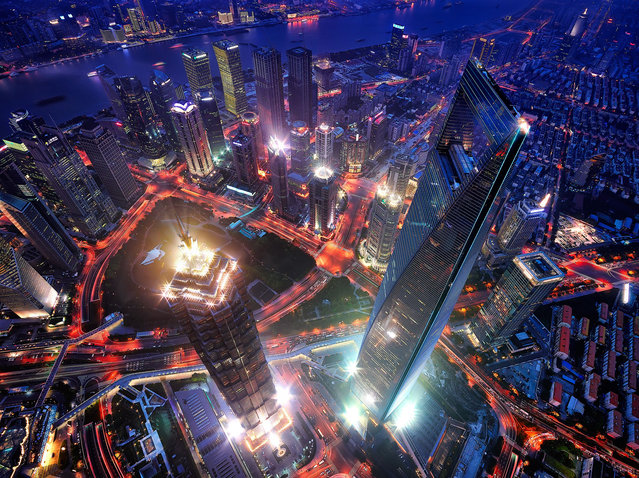
The view at night from the Shanghai Tower in Shanghai, China on August 7, 2015. The tower is technically smaller than the Burj Khalifa in Dubai but, while the observation deck of Dubai’s mega-structure is at 556m, the Shanghai Tower’s is at 561m, meaning the view is a little higher. (Photo by Paul Reiffer/REX Shutterstock)
21 Jan 2016 08:02:00,post received
0 comments
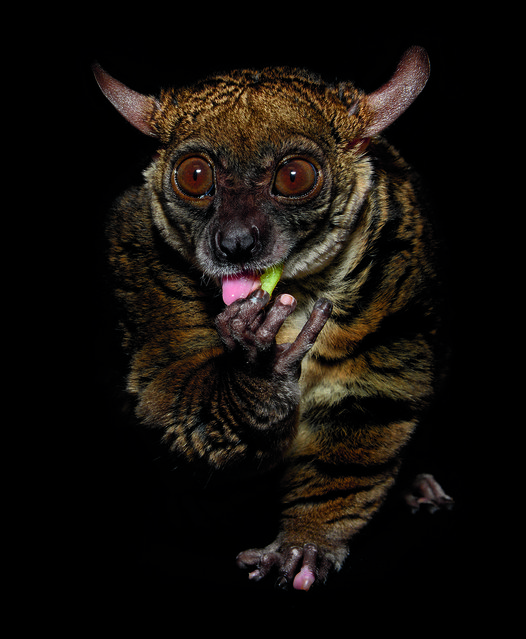
Galagos, more commonly known as bush babies, are tiny African primates with remarkable jumping abilities. Thanks to the elastic energy stored in the tendons of their lower legs, small-eared galagos can jump 6 feet straight up in the air. (Photo by Traer Scott/Chronicle Books)
07 Sep 2014 12:38:00,post received
0 comments
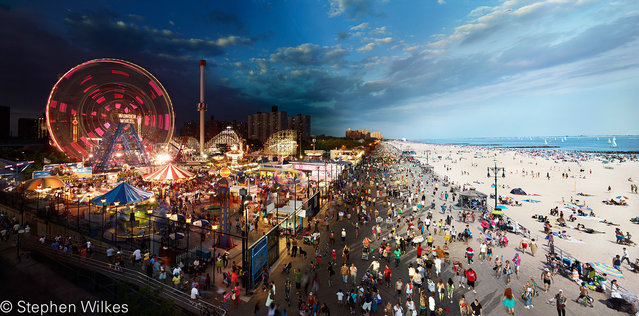
Photographer Stephen Wilkes spent a minimum of ten hours taking hundreds of shots to create each one of his Day to Night. Weaving and blending thirty to fifty parts, the photo-collagist extraordinaire created seamless, surrealist scenes of New York City life.
18 Jul 2013 09:49:00,post received
0 comments
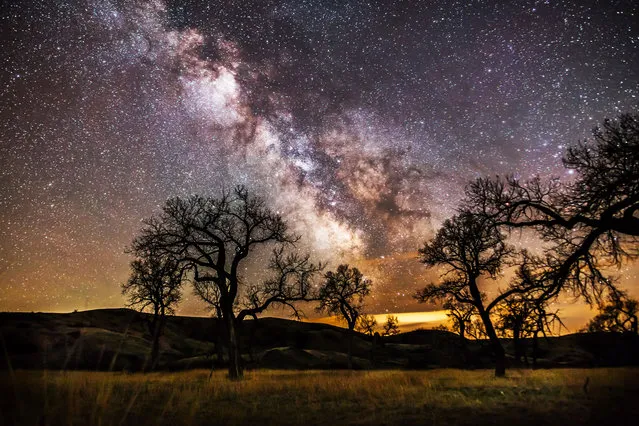
The stunning Milkyway in Midwestern U.S.A. captured by photographer Randy Halverson in 2013. The stunning skies in Midwestern U.S.A. captured by photographer Randy Halverson. The videographer captured rare footage of the Milky Way, the elusive Northern Lights and raging night storms in some of the most isolated regions of the U.S.A. The footage, which spans the skies of South Dakota, Wyoming and Utah, was taken between spring and autumn 2013. The 47-year-old spent 40 nights scattered across the eight-month period sat near his camera to capture the clear footage. Randy from Kennebec, South Dakota has been shooting timelapse for over 4 years. (Photo by Randy Halverson/Barcroft Media)
20 Aug 2014 10:32:00,post received
0 comments
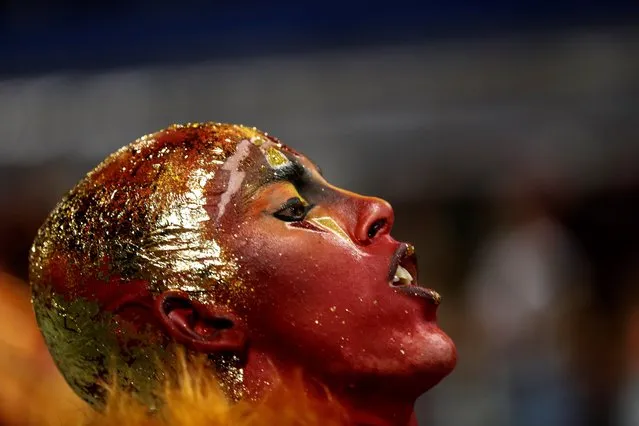
Members of Tom Maior Special Group samba school perform during the carnival parade at the Anhembi Sambadrome in Sao Paulo, Brazil, 22 February 2020. Carnival is the biggest and most popular celebration in Brazil. (Photo by Sebastiao Moreira/EPA/EFE)
26 Feb 2020 00:01:00,post received
0 comments

A man dressed as Hindu Lord Shiva performs during a religious procession ahead of the Hindu festival of Maha Shivaratri, in Jammu February 23, 2017. (Photo by Mukesh Gupta/Reuters)
26 Feb 2017 00:05:00,post received
0 comments
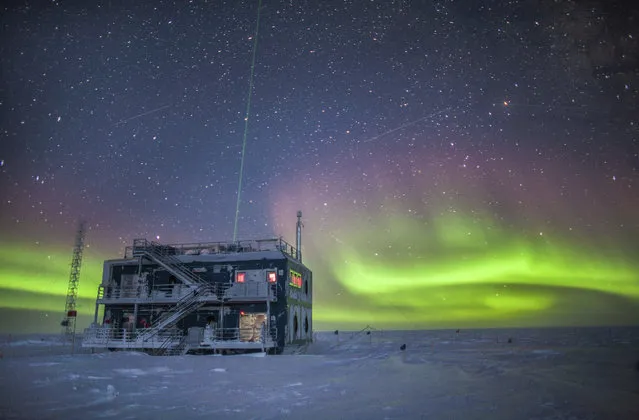
This undated photo provided by NOAA in May 2018 shows aurora australis near the South Pole Atmospheric Research Observatory in Antarctica. When a hole in the ozone formed over Antarctica, countries around the world in 1987 agreed to phase out several types of ozone-depleting chemicals called chlorofluorocarbons (CFCs). Production was banned, emissions fell and the hole shriveled. But according to a study released on Wednesday, May 16, 2018, scientists say since 2013, there’s more of a banned CFC going into the atmosphere. (Photo by Patrick Cullis/NOAA via AP Photo)
15 Aug 2018 00:05:00,post received
0 comments
Last searches:

